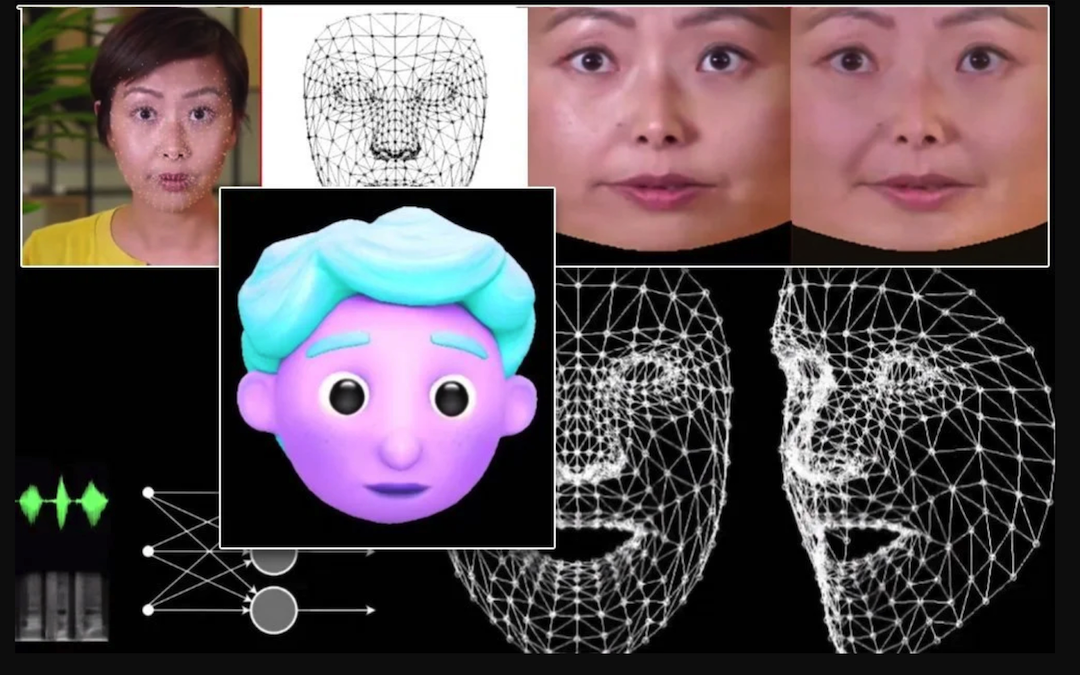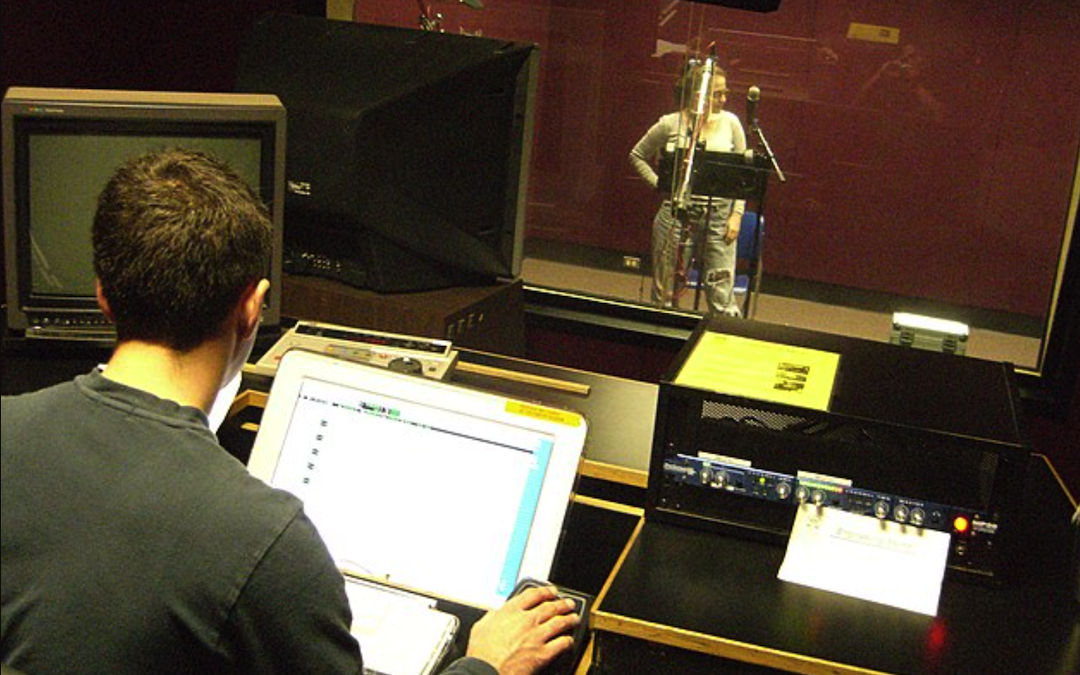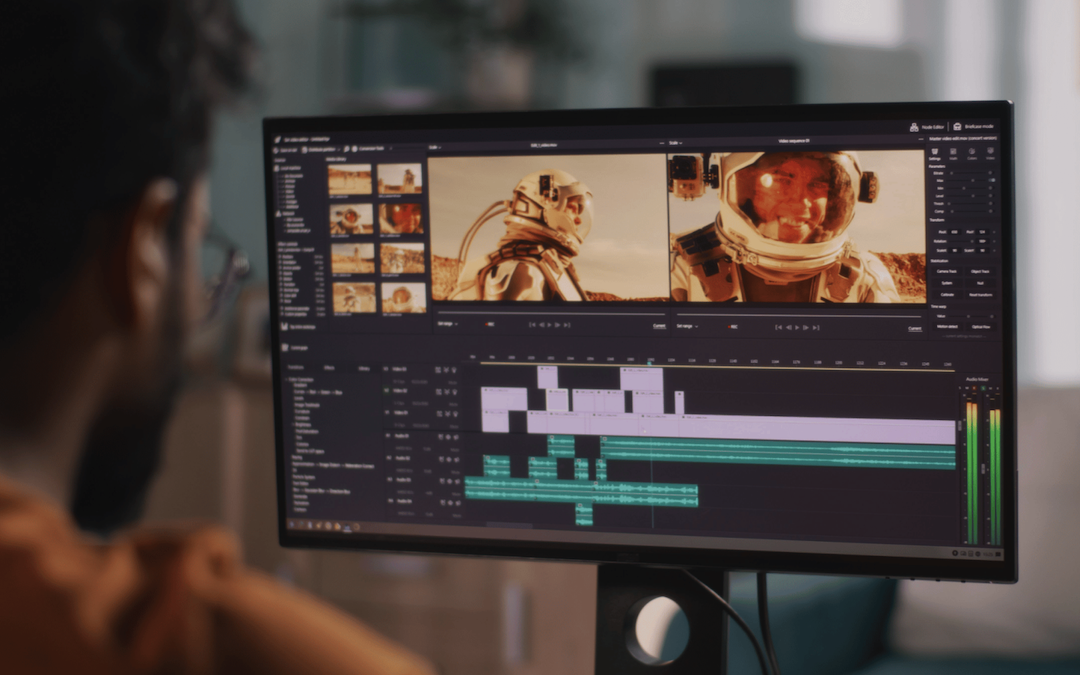
Video has become a global language, transcending boundaries and cultures to reach people. From movies to online education and marketing, the demand for high-quality, accessible video content is rising. To serve various markets, firms, and innovators must communicate across multiple languages and dialects. Donald Vermillion from Rask AI tells us how this technology will help you gain a global audience.
Lip-syncing technology revolutionized video editing. This technique syncs actors' lip movements with dubbed audio to make communication sound realistic. It matches lips to words and adjusts facial emotions and mouth shapes to the beat of the audio clip, which can be film dialogue or music video lyrics. This technology integrates audio-visual material seamlessly using artificial intelligence and sophisticated modeling, enabling endless possibilities and increasing global video content accessibility.
The Challenge of Language Barriers in Video Content
Language barriers might limit video distribution. In order to reach global viewers, artists must not only translate language but also ensure that audio and visual features match. Language disparities can cause characters' mouth movement and audio track to mismatch, lowering content quality.

Industries Affected
- Film Industry: International films often lose their emotional impact when dubbed, as traditional dubbing can disrupt the natural flow of actors' expressions and speech. This misalignment can alienate audiences and diminish the film's global appeal.
- Streaming Services: Platforms like Netflix and Amazon Prime strive to provide content in diverse languages to capture a broader audience base. However, the challenge of maintaining lip sync features across varied languages can complicate content localization efforts, affecting viewer retention and satisfaction.
- Educational Content: Voice and visual synchronization is essential for optimal learning in educational films. Language limitations can hinder comprehension, especially when teaching complicated subjects that need clear instruction and precise lip motions and facial expressions.
Lip sync technology may improve the viewer's experience and expand video content's reach across languages by smoothing the integration of dubbed audio with visual components.
What is Lip Sync Technology?
At its core, lip sync technology involves analyzing the phonetic elements of spoken language and using this data to generate accurate mouth shapes and facial expressions. This process is driven by AI tools and generative AI models, which can learn from vast datasets of audio-visual materials to predict and replicate lip movements. The technology often includes voice cloning issues, enabling it to adapt not only to the text but also to the unique style and intonation of the speech, further enhancing the sync quality.

Types of Lip Sync Technology Used in the Industry
- AI-Powered Automatic Sync: Utilizes artificial intelligence to automatically match the lip movements to the input audio. This type is increasingly popular due to its efficiency and ability to scale across multiple languages and dialects.
- Manual Sync Tools: Traditional tools that require manual adjustment of lip positions and timings to match the audio file. These are often used in high-stakes settings like major film productions, where precise control over every frame is crucial.
- Real-Time Lip Syncing: Used primarily in live broadcasting and interactive media, such as video games and virtual reality, where lip syncing must occur in real-time without pre-rendering.
- 3D Modeling and Animation Sync: Involves creating detailed 3D models of characters' faces that can be animated in sync with the audio, used extensively in animation and the entertainment sphere.

The merits of each technology are considered when choosing one for a high-budget film, instructive video, or live-streamed event. These different technologies can improve audio-visual alignment, making the material more accessible and pleasant for audiences globally.
Benefits of Lip Sync Technology for International Audiences
Lip sync technology not only enhances the realism of video content but also plays a crucial role in its global dissemination. By aligning the visual elements of speech with corresponding audio, this technology ensures that video content is more accessible and engaging for audiences around the world, regardless of their native language.

Enhanced Experience Through Smooth and Accurate Lip Synchronization
The primary advantage of this technology is the significant improvement it brings to the experience. By ensuring that the lip movements and facial expressions of characters accurately match the spoken words, the technology helps maintain the innate flow and emotional impact of the video. This synchronization is particularly crucial in films, music videos, and animated media, where the timing of speech and emotional expressions can greatly influence the viewer's engagement and emotional response.
Increased Accessibility and Reach of Video Content Across Different Language Speakers
This technology makes video content accessible to more people across languages. Content makers may reach global audiences without the discomfort or alienation of badly matched audio by employing AI techniques to adjust video lip movement to dubbed files in many languages. This feature improves instructional and entertaining material consumption and information transmission, deepening audience engagement.

Case Studies
The integration of lip sync technology across various industries has demonstrated significant success by enhancing the quality and accessibility of video content for international audiences. This technology's feature to synchronize lip moves and facial expressions with audio in real-time has transformed how content is consumed and appreciated across linguistic barriers.
Entertainment Industry
In the realm of entertainment, lip-sync technology has been a game-changer, particularly in the dubbing of films and television series for international markets. For example, a popular streaming service used advanced AI-driven tools to adapt its original content into several languages. This not only preserved the emotional nuances of characters but also expanded the service's reach, attracting a broader audience worldwide. The technology ensured that the lip moves matched the dubbed audio perfectly, making the viewing experience more natural and engaging, which is critical in maintaining the authenticity of high-stakes dramas and animated features.
Education Sector
Educational content has similarly benefited from lip-sync technology, especially in online learning environments, where courses are often offered in multiple languages. An educational technology company implemented lip sync tools to enhance its video lectures, allowing instructors' mouth shapes and facial expressions to align with the translated audio. This accuracy in lip syncing helps in delivering clearer and more effective instruction, significantly improving learners' engagement and comprehension, regardless of their native language.
Corporate Communications
In the corporate sector, lip sync technology facilitates more effective communication in multinational companies. During global meetings and training sessions, presentations are often translated and dubbed to accommodate diverse participants. A case in point involves a global firm that adopted real-time lip sync solutions during their international webinars and virtual conferences. This application not only streamlined communication across different language groups but also enhanced the clarity and impact of presented content, ensuring that all participants received the same quality of information delivery.
Challenges and Limitations
While lip sync technology offers numerous benefits, it also comes with its own set of challenges and limitations. One major technical challenge is achieving accurate lip synchronization in real-time, especially when dealing with complex dialects. The technology requires significant processing power and sophisticated AI models to analyze and generate the appropriate mouth shapes and facial expressions based on the input audio. This can be resource-intensive and may not always result in perfect alignment, particularly in less common dialects with limited training data available.
Additionally, the integration of lip sync tools into existing video editing and production workflows can be complex and costly. The need for ongoing updates and maintenance of AI tools and models to keep up with advancements in AI and machine learning adds another layer of difficulty. These factors can make the technology less accessible, especially for smaller content creators or companies with limited technical capabilities.
Ethical Considerations and Authenticity Concerns
However, lip syncing technology raises ethical concerns about authenticity and portrayal. In sensitive circumstances like news media and documentary filmmaking, altering video to misrepresent what was said or who said it is a worry. This calls into question content integrity and creator accountability when employing such powerful technologies.
Furthermore, the use of automated systems like voice cloning and AI-driven lip synchronization can sometimes lead to a loss of the original emotional and cultural nuances of performance. This can dilute the authenticity of the content, making it feel less genuine or connected to its cultural origins, which might alienate viewers who value a more authentic portrayal of characters and scenarios.
Future Trends and Developments
As we look to the future, video lip sync technology is poised to benefit from several emerging technologies that promise to enhance its capabilities further. One such innovation is the integration of more advanced generative AI video models, which are becoming increasingly proficient at creating realistic and nuanced facial expressions and mouth movements. These models can learn from vast amounts of video data to produce lip syncing that is indistinguishable from innate speech, even in real-time applications.
Another promising development is the application of deep learning algorithms that can better understand the nuances of different dialects. This improvement will allow for more accurate lip synchronization across a wider range of languages, thereby increasing the global accessibility of video content. Additionally, enhancements in real-time processing capabilities are expected to reduce the resource intensity of implementing lip syncing technology, making it more accessible to creators with limited technical resources.

Conclusion
Lip sync technology improves video production, especially for worldwide audiences. This technique boosts user engagement by aligning lip moves and facial expressions with the track, especially in dubbed or translated content. It allows seamless integration of language tracks, making video content accessible to varied linguistic and cultural audiences.
Lip sync tools deployment is difficult. Smaller producers and firms may struggle to use this technology due to technical requirements like high processing power and advanced AI video models. Responsible use is also needed due to ethical issues about authenticity, voice copying and AI exploitation.
Even with these problems, lip syncing technology's benefits, from improving instructional videos to globalizing films and series, show its importance in today's digital ecosystem. As this technology advances, it will enable more inclusive and compelling video programming for international audiences.
Share this post
Leave a comment
All comments are moderated. Spammy and bot submitted comments are deleted. Please submit the comments that are helpful to others, and we'll approve your comments. A comment that includes outbound link will only be approved if the content is relevant to the topic, and has some value to our readers.

Comments (0)
No comment